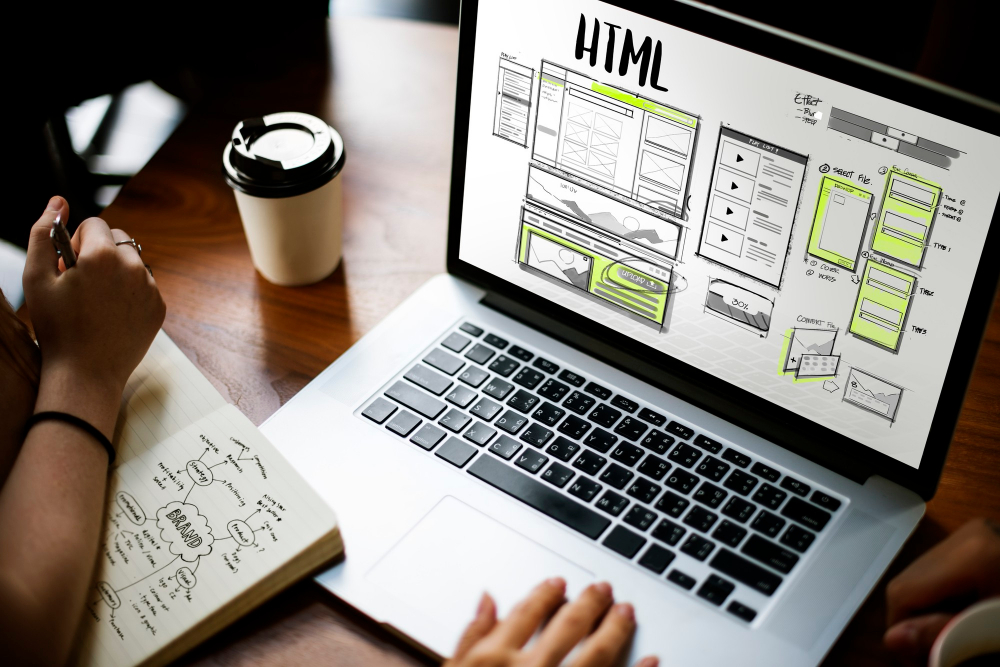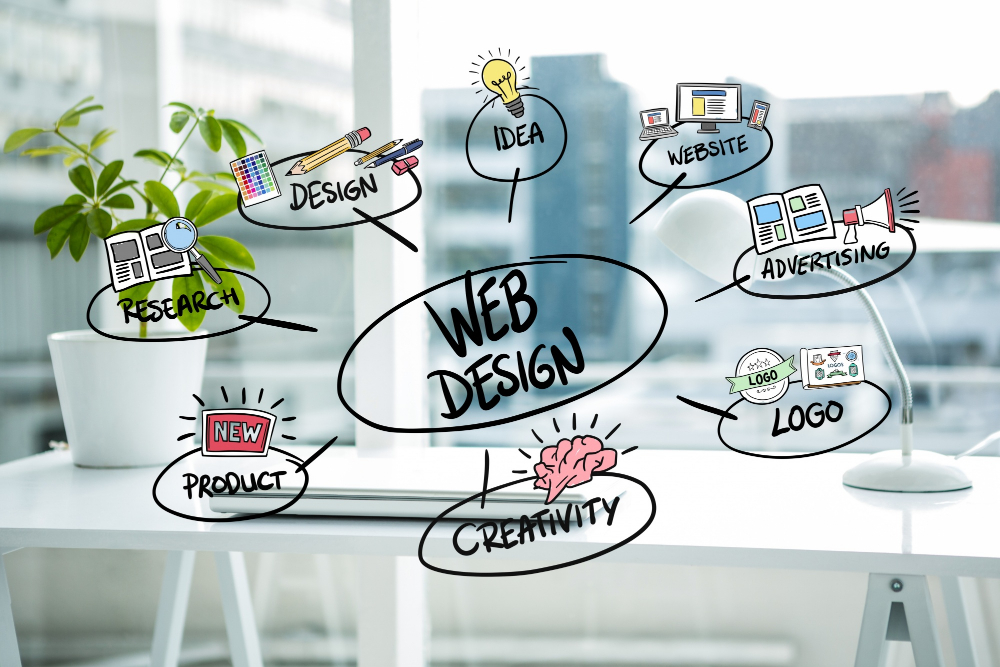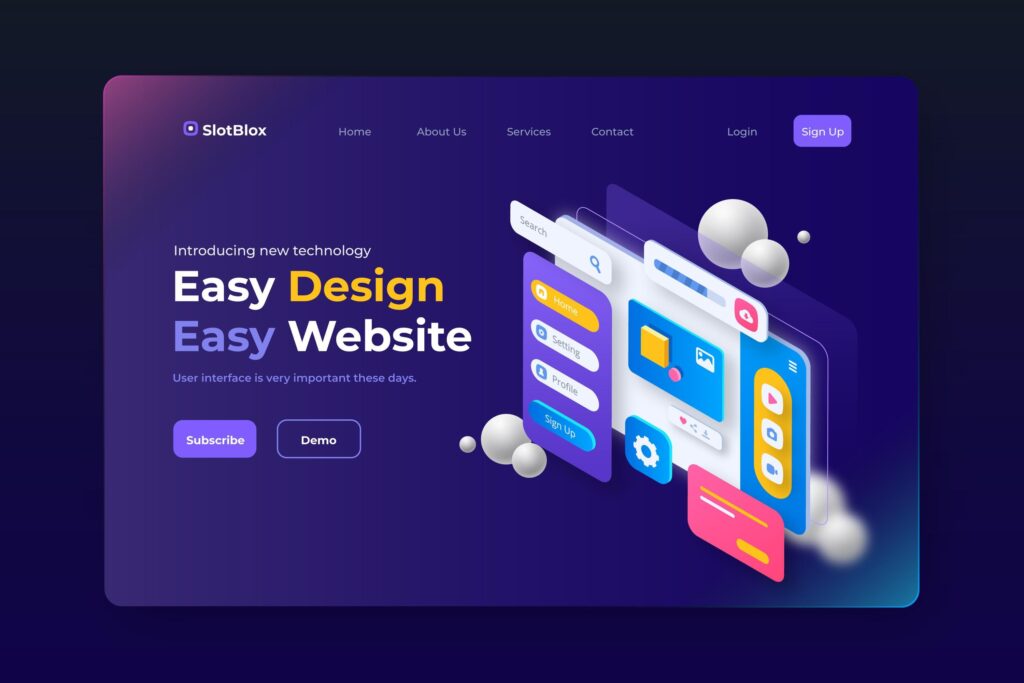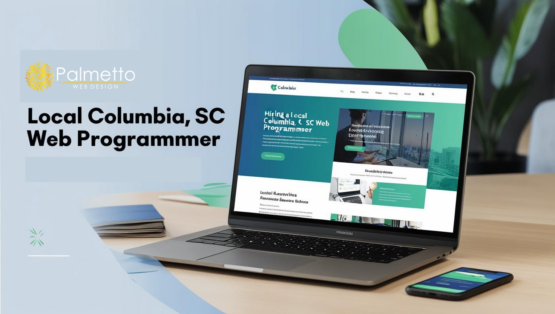The world of technology is constantly evolving, and the trends in website design are no exception. Design elements and website features that were once modern and innovative may have become tired, overdone, and cliched in recent years. To avoid losing potential customers, it’s important to keep your website up-to-date with current design elements that align with the latest web standards.
Dark Mode: The Future of Web Design Aesthetics
Dark Mode is an emerging trend in web design aesthetics that has gained immense popularity in recent years. It refers to a color scheme where the background of a website is black or dark grey, while the text and other design elements are displayed in light colors.They help alleviate eye strain, a growing concern as we spend more time looking at screens. From an aesthetic standpoint, dark mode creates a sleek, modern look for websites. This design trend presents an effective way to highlight key features of a website and make it more visually appealing.
Micro interactions and User Engagement: How Small Details Make a Big Difference
Micro interactions are small, interactive design elements that provide feedback and engage users by creating a more dynamic and enjoyable user experience.
Micro interactions are universally found. On websites, mobile apps, mobile phones, on your laptop. You probably started your day with one.
They are usually triggered by specific user actions, such as scrolling or clicking a button, and can range from simple animations to more complex interactions like drag-and-drop functionality.
3D Graphics and Animations: Adding Depth and Dimension to Your Website

3D design means adding shadows and detail to elements like interactive scrolling, dynamic text, and graphics to add depth to a flat screen. The 3D designs on your website are more intriguing by emphasizing features like product images, navigation elements, or CTAs. It also appeals to your visitors’ senses and it also helps visitors interact with a website in new ways.
Voice User Interface: Revolutionizing Web Navigation
VUI is one of the latest key design trends to interact with the system through voice commands which allows basically hands-free interaction with systems. Google Assistant , Amazon Alexa, Apple Siri, Microsoft Cortana are the best examples in tech space today.This enables easy to use website interface which can reduce barriers for users offering a seamless browsing experience.
Artificial Intelligence and Machine Learning: Personalizing the User Experience
AI and ML allow websites to understand user preferences, adapt to their needs, and offer tailored content and promotions. This level of personalization significantly improves user engagement by providing relevant and captivating content, which in turn leads to increased customer loyalty and revenue for businesses.
Minimalism and Simplicity: The Power of White Space

White space is just the term for the spacing we give between elements. It does not have to be white, as long as the area is empty. This is why it’s also known as “negative space. ”Whitespace is an important element of design for good reason. There is a need to develop and deliver layouts that are easy on the eyes and make people want to keep reading and stay engaged.
Asymmetric Layouts: Breaking the Grid for Creative Expression
Asymmetric layouts break away from the traditional grid-based design, offering a creative approach to web design. They allow designers to experiment with various shapes, colors, and sizes to create unique and captivating layouts that stand out and attract users’ attention. Asymmetrical layouts offer a fresh and dynamic approach, providing a unique experience for the user.
Dynamic and Interactive Content: Making Your Website More Engaging
Dynamic and interactive content can enhance user engagement by making a website more visually appealing, entertaining, and informative. This includes elements like videos, animations, quizzes, and interactive infographics. These types of contents will compel users to communicate and deeply engage with the website. This increases your conversion rate, decreases bounce rate and can boost the SEO of your website.
Inclusive Design: Creating Accessible and User-Friendly Websites for All

Inclusive design focuses on the process of making a design user-friendly to the broadest range of people. It aims to create websites that are accessible and user-friendly for all individuals, including those with disabilities. It involves various elements, such as clear and concise language, easy navigation, and assistive technology compatibility. Implementing these practices can improve the overall user experience, increase user satisfaction and retention, and enhance the website’s search engine optimization.
Sustainability and Eco-Friendly Design: Designing with Environmental Responsibility in Mind
Eco-friendly web design acknowledges that digital technologies and the internet can have a harmful side to them for people and the planet.
Sustainable websites are designed with the future of people, our planet and profit in mind. These design strategies can range from using renewable materials and energy sources to reducing waste and emissions throughout a product’s lifecycle. Overall, sustainability and eco-friendly design are necessary for creating a more sustainable future for ourselves and the planet.
Conclusion
To sum up, the world of web design is constantly evolving, and as we move towards 2023-24, there are several innovative trends to keep an eye on. By staying advanced with these developments , businesses can remain up to date and offer a user friendly experience to their clients.




